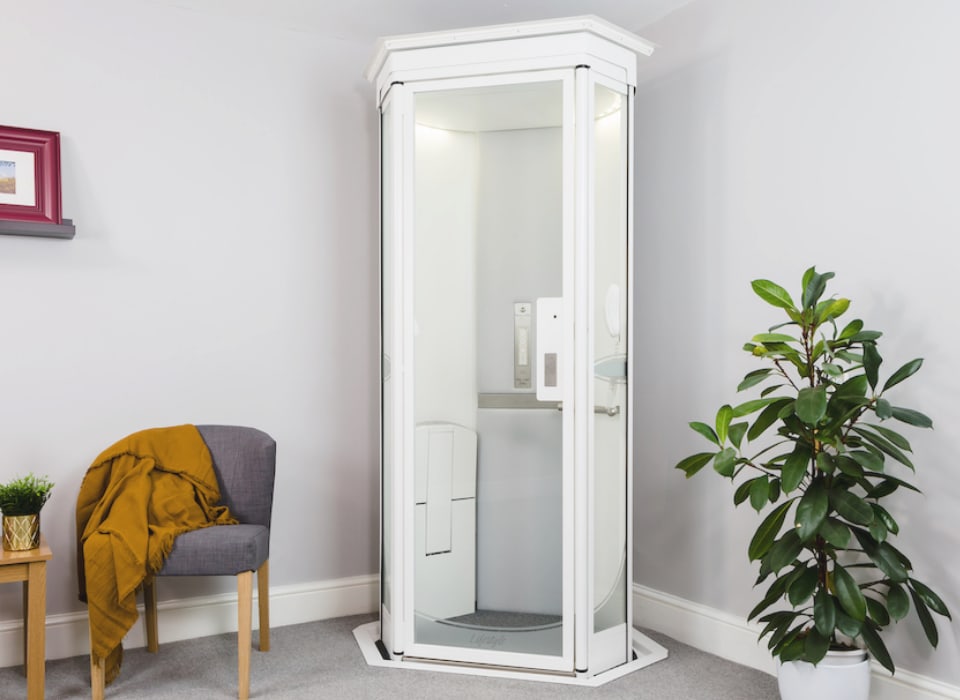We Maintain Lifts to the Greatest Criteria: Reliable Service for All Lift Types
We Maintain Lifts to the Greatest Criteria: Reliable Service for All Lift Types
Blog Article
Looking Into the Globe of Lifts: Usual Problems Faced by Various Lift Devices
As we browse via the upright transport systems of modern buildings, lifts stand out as an important component of our daily lives. From hydraulic elevators to grip systems and machine-room-less styles, each lift type comes with its set of typical concerns.
Hydraulic Lifts
Hydraulic elevators, typically favored for low-rise structures, utilize fluid pressure to control the motion of the lift car (lift repair companies). This mechanism includes a hydraulic pump pressing oil right into a cylinder, triggering the lift to move in the desired direction. While hydraulic elevators are known for their smooth and quiet operation, they do include their very own collection of typical problems
One common issue with hydraulic elevators is oil leak. In addition, problems with the control system, such as malfunctioning shutoffs or a malfunctioning pump, can trigger disturbances in the lift's activity.
Normal maintenance and prompt repair services are necessary to ensure the smooth functioning of hydraulic elevators. By attending to these usual problems proactively, structure owners can minimize downtime and guarantee the security and effectiveness of their upright transportation system.
Traction Elevators
When considering upright transport systems in structures, one more typical type apart from hydraulic lifts is the traction elevator. Grip elevators operate making use of a system of ropes and weights that move the elevator automobile by clutching onto the hoist ropes. This mechanism permits smoother and quicker upright transportation contrasted to hydraulic systems.
One of the usual problems dealt with by traction elevators is rope wear. The constant motion of the ropes within the traction system can cause tear and use over time, possibly creating the elevator to breakdown or become harmful for use. Normal evaluations and upkeep of the ropes are necessary to make certain the elevator's appropriate performance and security.
Another issue that traction lifts might come across is related to the control system. Issues with the control system can bring about issues such as unpredictable activity, delays in reaction times, or perhaps full shutdowns. Normal screening and maintenance of the control system are important to prevent such problems and make sure the lift's dependability.
Machine-Room-Less (MRL) Lifts

Among the essential parts of MRL lifts is the compact gearless grip device that is installed within the hoistway. This maker effectively drives the lift auto without the requirement for bulky devices found in standard traction lifts. Furthermore, MRL lifts commonly make use of a counterweight system to stabilize the automobile, further boosting their energy effectiveness.
Regardless of their advantages, MRL elevators might face difficulties connected to upkeep and repair because of the restricted room for tools installation. Availability for servicing parts within the shaft can be restricted, requiring specialized training for specialists. Appropriate upkeep timetables and regular evaluations are vital to make certain the ongoing smooth procedure of MRL lifts.
Overloading and Weight Limit Issues
Are elevators furnished to manage excess weight lots successfully and safely? Overwhelming and weight limitation problems are important concerns in lift operations. Lift makers layout raises with certain weight abilities to make sure traveler security and devices durability. Surpassing these weight limits can lead to various problems, consisting of mechanical failings, delays, and security dangers.
When elevators are overloaded, it places extreme stress on the motor, cables, and various other parts, possibly causing malfunctions or breakdowns. Security mechanisms such as sensing units and overload sensors are in visit this page place to stop elevators from moving if they spot excess weight. Furthermore, exceeding weight restrictions can cause increased power consumption and damage on the elevator system.
To mitigate overwhelming problems, building supervisors ought to plainly show weight limits in elevators and enlighten passengers on the significance of sticking to these constraints - lift repair companies. Regular upkeep checks by qualified technicians can additionally help make certain that elevators are running within secure weight criteria. By resolving overloading and weight restriction problems proactively, building proprietors can enhance elevator security and performance
Electrical System Failures
Surpassing weight restrictions in elevators can not only result in mechanical concerns yet also potentially add to electric system failings within the lift framework. Electrical system failures are an essential concern in elevator operation, as they can trigger unforeseen closures, breakdowns, or perhaps safety dangers. One usual electric concern is the overheating of components due to extreme existing flow triggered by straining the lift past its capability. This can cause harm to the electric motor, circuitry, or control systems, leading to expensive repair services and downtime.
Routine maintenance and inspections are critical go right here to determine and address possible electrical concerns immediately, ensuring the efficient and safe operation of lift systems. By sticking to weight restrictions and carrying out regular electrical system checks, structure owners can alleviate the risk of electrical failings in elevators.
Verdict

Hydraulic lifts, typically preferred for low-rise structures, utilize fluid stress to control the motion of the elevator cars and truck.When considering upright transportation systems in buildings, an additional typical type aside from hydraulic elevators is the grip elevator. Grip elevators run using a system of ropes and weights that move the elevator auto by grasping onto the hoist ropes. Unlike conventional lifts that require a different maker space to house the equipment, MRL elevators integrate many of the elements within the shaft, getting rid of the requirement for a specialized machine area.In conclusion, elevators face typical Your Domain Name issues such as hydraulic breakdowns, grip system failures, and electric system issues.
Report this page